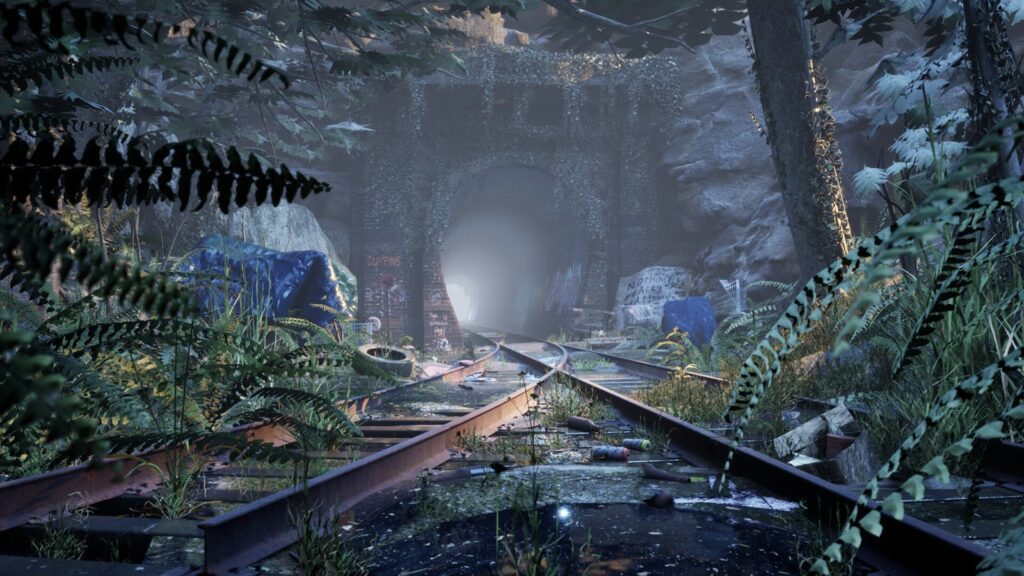Game development is a complex process that involves conceptualization, pre-production, production, testing, polishing, and release stages. Using Unreal Engine, developers create concept art, design documents, and gameplay mechanics during the conceptualization phase. In pre-production, detailed plans and budgets are established, and artists and programmers start creating assets and basic gameplay features. The production phase involves the majority of development work, with artists, animators, and programmers creating the game. Testing and iterations help identify and fix bugs, and polishing involves fine-tuning graphics and gameplay. Finally, the game is released to the public through distribution platforms like Steam or Epic Games Store.
The Game Development Process
Game development is a complex and multi-faceted process that involves various stages from conceptualization to final release. In this article, we will be focusing on the game development process using Unreal Engine, one of the most popular game development engines in the industry.
Conceptualization
The first stage of game development involves conceptualizing the idea for the game. This includes coming up with the game’s theme, story, characters, and gameplay mechanics. Developers may create design documents, storyboards, and concept art to flesh out their ideas and present them to the rest of the team.
Pre-Production
Once the concept is finalized, the development team moves into the pre-production phase. This stage involves creating a detailed game design document, establishing the game’s scope and budget, and setting milestones for the project. Artists begin creating concept art, level designs, and character models, while programmers start developing the basic gameplay mechanics and systems.
Production
With the pre-production phase completed, the team moves into the production phase. This is where the majority of the development work takes place, with artists creating assets, animators working on character animations, and programmers implementing gameplay features. Unreal Engine offers a suite of tools and features that streamline the development process, including a powerful rendering engine, physics simulation, and AI capabilities.
Testing and Iteration
As development progresses, the game is tested extensively to identify bugs, glitches, and gameplay issues. The development team iterates on the game based on player feedback, making adjustments to the gameplay, level design, and art assets. Unreal Engine provides robust testing tools and analytics that help developers identify and fix issues quickly and efficiently.
Polish and Release
Once the game is complete and all bugs have been resolved, the team moves into the polishing phase. This involves fine-tuning the game’s graphics, sound, and overall performance to ensure a smooth and immersive player experience. Finally, the game is released to the public through various distribution platforms, such as Steam, Epic Games Store, or console storefronts.
Conclusion
Game development is a complex and challenging process that requires a dedicated team of artists, programmers, designers, and producers working collaboratively to bring a game from concept to reality. Unreal Engine provides developers with a powerful set of tools and features that streamline the development process and allow for stunning visuals and immersive gameplay experiences.
